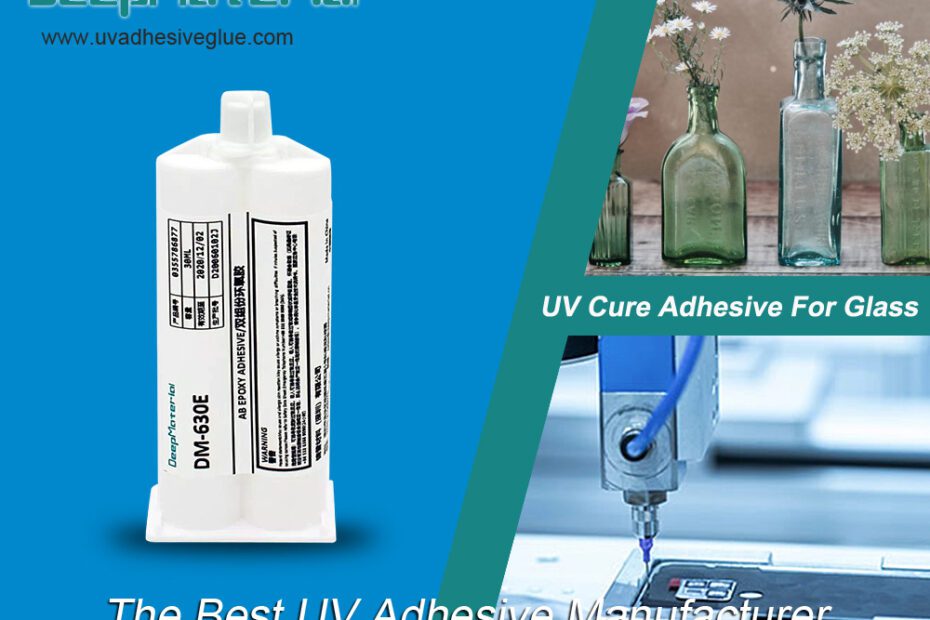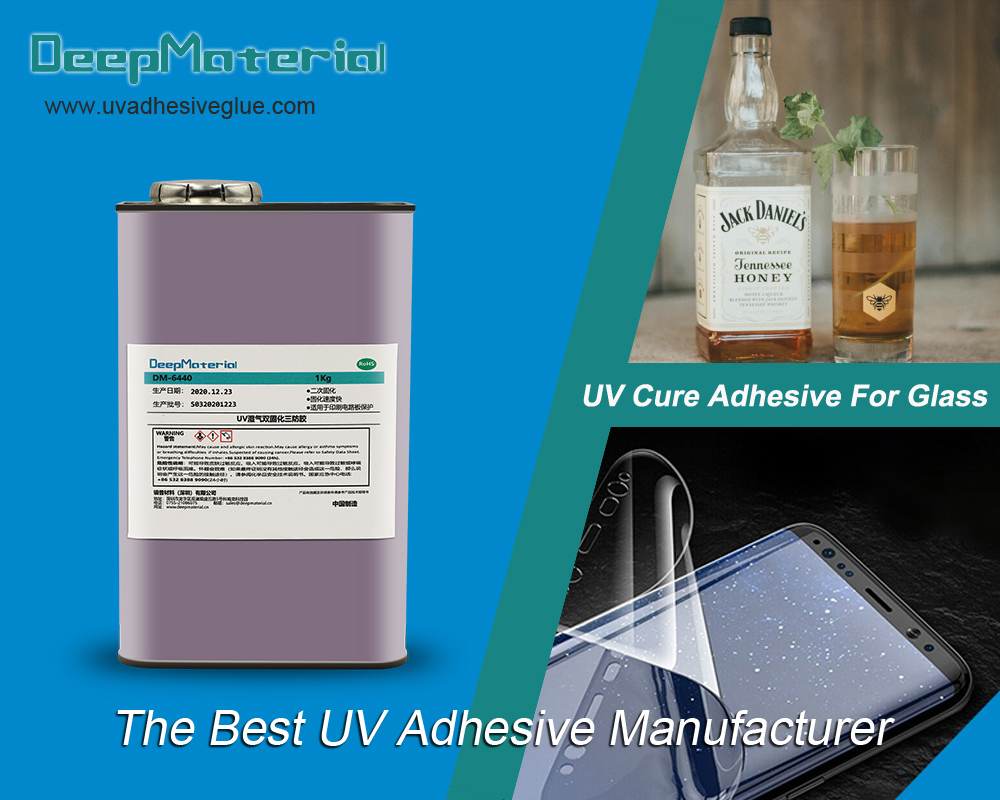Plastic Perfection: Exploring the Potential of UV Curing Plastic Bonding Adhesives
Plastics bonding is a crucial process in many industries, such as electronics, manufacturing, automotive, medical devices, consumer goods, and aerospace. The reasons for using plastics in the above industries are not far-fetched; they are versatile, lightweight, and cost-effective. Effective bonding methods for plastics are essential to create structurally sound and functional products.
In this article, we look at how UV curing plastic bonding adhesives are reshaping the world of bonding plastics. Every information you need to find out in this regard will be contained below;
Traditional Plastic Bonding Methods
Bonding plastics was a great challenge to many industries in the past. Plastics are chemically inactive and possess low-surface energy. For the above reasons, the bulk of adhesives used on plastic were ineffective.
Using traditional bonding became a problem for most industries due to their long curing times. Other traditional bonding techniques like mechanical fasteners and solvent welding produced bonds that cannot last the test of time. They could only manage weak bonds. They also had some issues with material compatibility and stress concentrations.
The Significance of UV Curing Plastic Bonding Adhesives
UV curing plastic bonding adhesives have played a major role in plastics bonding. Unlike traditional bonding methods, adhesives ensure that stress is evenly distributed evenly across the area of application. The recent adhesive trends also ensure that materials are not damaged in the process of application.
UV curing plastic bonding adhesives became a household name in plastics bonding because you can use them to bond different plastics. Also, the possibility of recording any damages is reduced drastically with this particular adhesive type.
UV curing plastic bonding adhesives are especially useful in applications where aesthetics, weight reduction, and the elimination of visible fasteners are important.
Why Use UV Curing Plastic Bonding Adhesives?
The benefits of UV curing plastic bonding adhesives are numerous. Under this subheading, we discuss the several benefits attached to using this type of adhesive. Let’s get started with the first one;
- Strong & Durable Bonds– UV curing plastic bonding adhesives have what it takes to form strong bonds between plastic components. The resulting bonds tend to be stronger and more reliable than the plastic substrates. That way, the longevity and integrity of the bonds formed can be guaranteed for the finished product.
- Quick Curing Time– One of the most significant advantages of UV-curing plastic bonding adhesives is their rapid curing time. When exposed to ultraviolet (UV) light, these adhesives cure almost instantly. This swift curing process reduces production cycle times, enabling manufacturers to increase efficiency and productivity.
- Compatibility with Different Plastics– UV curing plastic bonding adhesives can bond with a variety of materials because of their versatility. From acrylics and polycarbonates to ABS and PVC, UV curing adhesives have proven to be a great fit. Their compatibility makes them suitable for various plastic bonding applications across different industries.
- Precision & Control– UV-curing adhesives offer precise control over the bonding process. Manufacturers can apply the adhesive precisely to the desired areas, ensuring uniform distribution before curing. This level of control is essential for achieving high-quality bonds.
- Environmental & Safety Considerations– This set of adhesives represent solvent-free solutions that do not emit any harmful chemicals into the environment. That attribute makes UV curing adhesives perfect given the many environmental and safety regulations. Their eco-friendliness makes them one of the best options for plastics bonding. Finally, UV curing is not a heat generation process, which means that materials will not be damaged by heat.
UV-curing plastic bonding adhesives are significant because they address the limitations of traditional bonding methods for plastics. Their rapid curing time, strong bond strength, versatility, and environmentally friendly properties make them invaluable in industries where plastic bonding is essential for product integrity, performance, and efficiency.
Milestone in UV Curing Plastic Bonding Adhesive Technology
Milestones in UV-curing plastic bonding technology represent critical advancements that have significantly improved the effectiveness and versatility of UV-curing adhesives in joining plastic materials. Highlighted below are some milestones worthy of note. We will begin with the breakthrough moments in this industry.
Breakthroughs in Adhesive Solutions
There have been many breakthroughs in adhesive formulations over the years. We will look at these breakthroughs in the following areas;
- Enhanced Performance– Formulations have evolved to provide adhesives with improved properties such as greater flexibility, higher impact resistance, and enhanced resistance to chemicals and environmental factors. These advancements have expanded the range of applications for UV-curing adhesives in the plastic bonding industry.
- Adhesive Compatibility– Manufacturers and researchers have had to come up with adhesive formulations with a high level of compatibility for different plastics. This comprises engineering adhesive solutions for certain plastics, guaranteeing strong and reliable bonds.
- Specialized Adhesives– Adhesive manufacturers have introduced specialized UV-curing adhesives designed for specific industries or applications. For example, adhesives for medical devices are formulated to be biocompatible and meet stringent regulatory requirements.
- Low Viscosity Adhesives– The advent of adhesives with low viscosity has ensured better flow and penetration into the pores of plastics, ensuring durability and enhanced bond strength.
Advancements in Light Sources and Equipment
How a UV curing adhesive performs depends on the quality of UV light. The type of equipment used for the process is also important. In other words, significant advancements in this regard have greatly impacted the efficiency and performance of UV-curing plastic bonding.
- LED UV Curing– The introduction of UV-LED (ultraviolet light-emitting diode) technology has been a major milestone. UV-LEDs offer several advantages, including longer lifespans, lower energy consumption, and precise control over curing intensity. This technology has revolutionized UV curing in various industries, including plastic bonding.
- High–Intensity UV Lamps– The technology of UV lamps has improved tremendously, producing UV light sources with high intensity. This type of lamp emits UV wavelengths that can cure more efficiently.
- Improved Curing Equipment– UV curing equipment has become more compact, versatile, and user-friendly. It can be integrated into automated manufacturing processes, ensuring consistent and reliable curing.
Final Words
UV curing plastic bonding adhesives have reshaped the way plastics are bonded today. The evolution of UV curing adhesives did not begin today.
For more about choosing a UV Curing Plastic Bonding Adhesives, you can pay a visit to DeepMaterial at https://www.epoxyadhesiveglue.com/ for more info.


